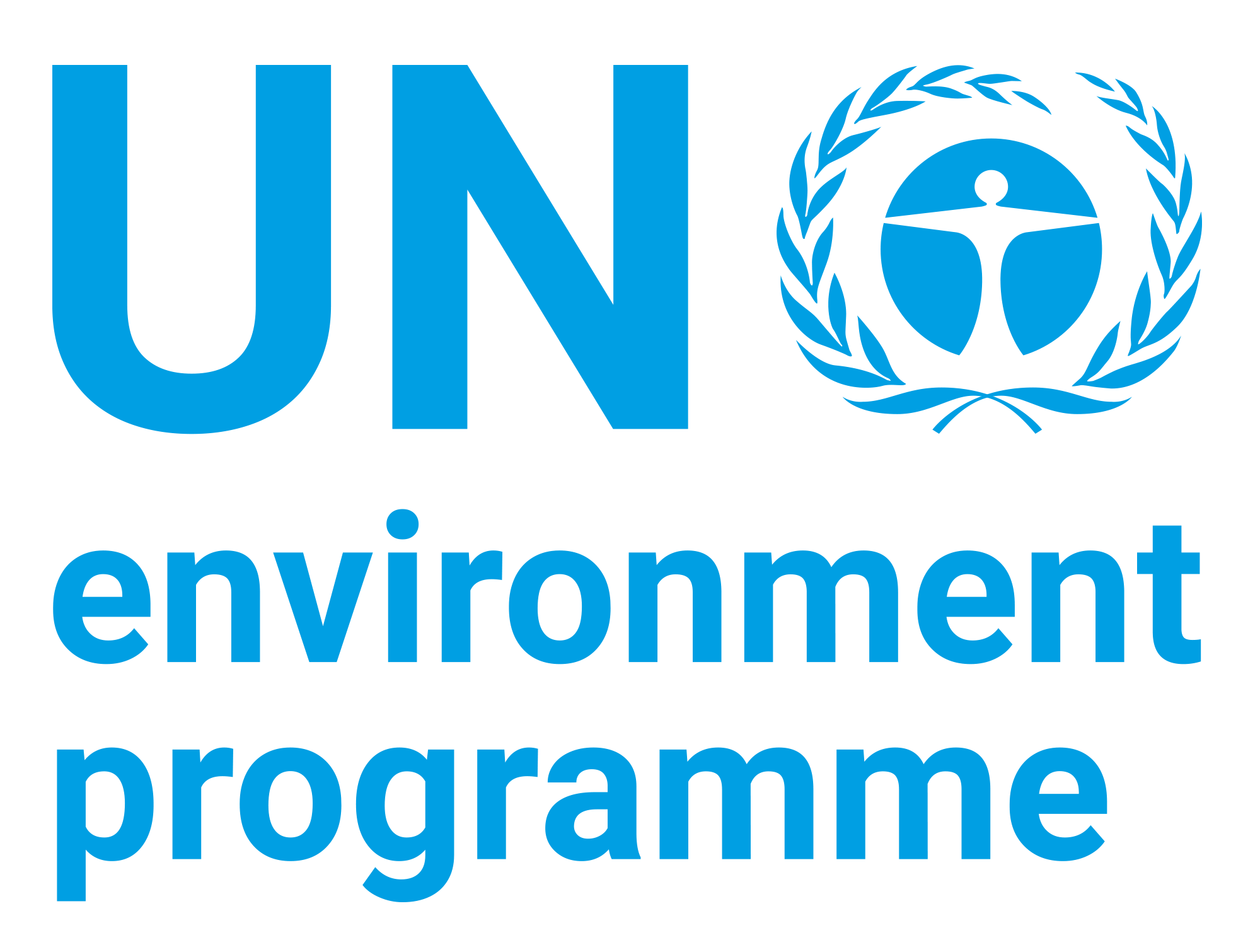| dc.contributor | Economy Division | en_US |
| dc.contributor.author | United Nations Environment Programme | en_US |
| dc.contributor.other | IEA Clean Coal Centre | en_US |
| dc.contributor.other | ARCADIS | en_US |
| dc.contributor.other | European Union | en_US |
| dc.date.accessioned | 2020-01-31T06:35:22Z | |
| dc.date.available | 2020-01-31T06:35:22Z | |
| dc.date.issued | 2015 | |
| dc.identifier.uri | https://wedocs.unep.org/20.500.11822/31287 | |
| dc.description | The UNFCCC is based on a top down approach, giving an overall goal for greenhouse gas reductions
but with flexibility on how to achieve these reductions. The UNFCCC can be regarded as the
instigator for activities and projects to reduce CO2 emissions from sources such as coal combustion. Even though many countries are still not parties to the convention, the activities underway are relatively aligned as many countries accept the potential environment consequences of elevated greenhouse gases and take similar approaches to reducing emissions. | en_US |
| dc.format | Text | en_US |
| dc.language | English | en_US |
| dc.rights | Public | en_US |
| dc.subject | climate change | en_US |
| dc.subject | mercury | en_US |
| dc.subject | combustion | en_US |
| dc.subject | coal | en_US |
| dc.subject | energy consumption | en_US |
| dc.subject | United States | en_US |
| dc.subject | United Kingdom | en_US |
| dc.title | The United Nation’s Framework Convention on Climate Change and the Minamata Convention on Mercury: A comparison for the Coal Combustion Sector | en_US |
| wd.identifier.sdg | SDG 3 - Good Health and Well-being | en_US |
| wd.identifier.sdg | SDG 9 - Industry, Innovation and Infrastructure | en_US |
| wd.tags | Health | en_US |
| wd.tags | Industry | en_US |
| wd.tags | Mercury | en_US |
| wd.tags | Natural Resources | en_US |
| wd.topics | Chemicals and Pollution Action | en_US |
| wd.identifier.pagesnumber | 44 pages | en_US |


